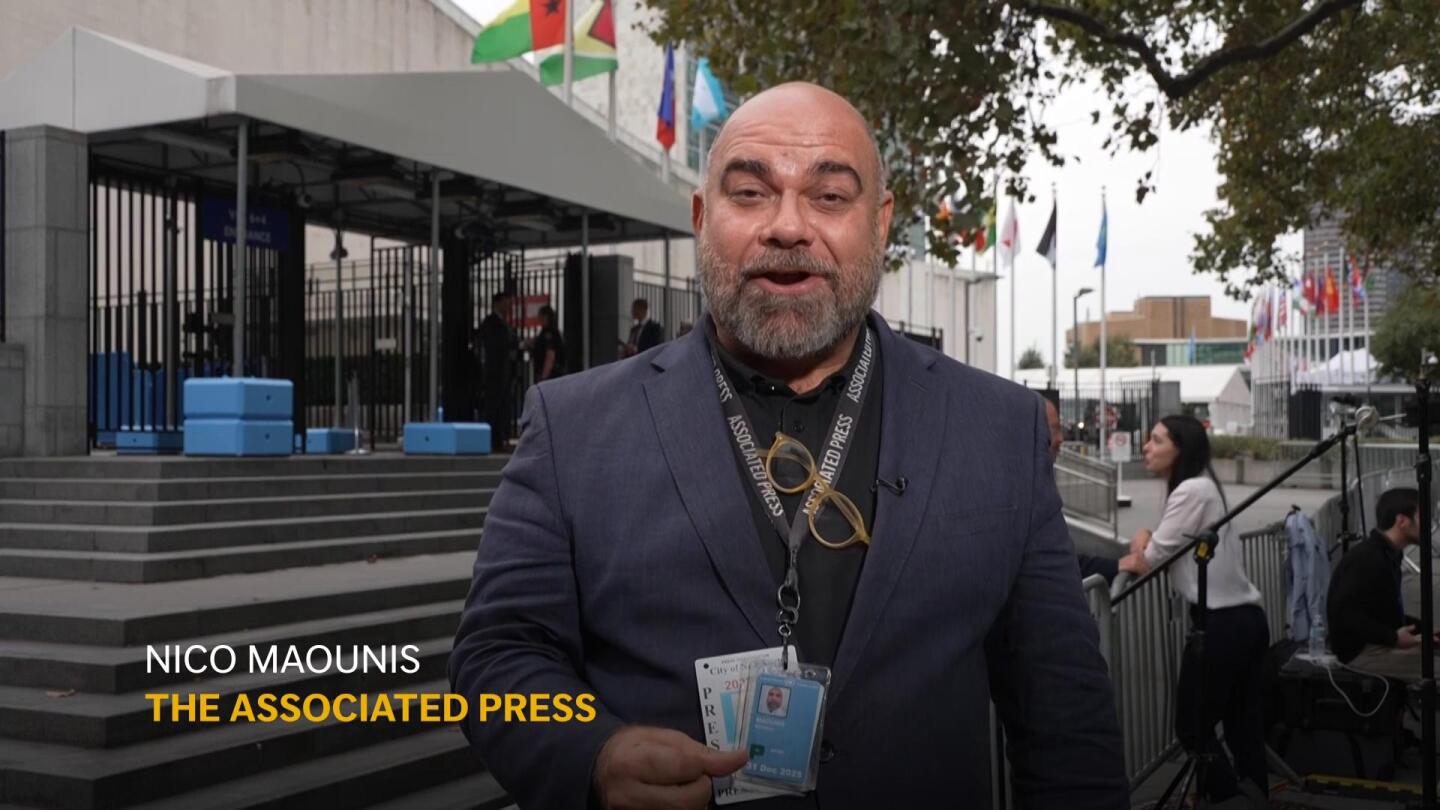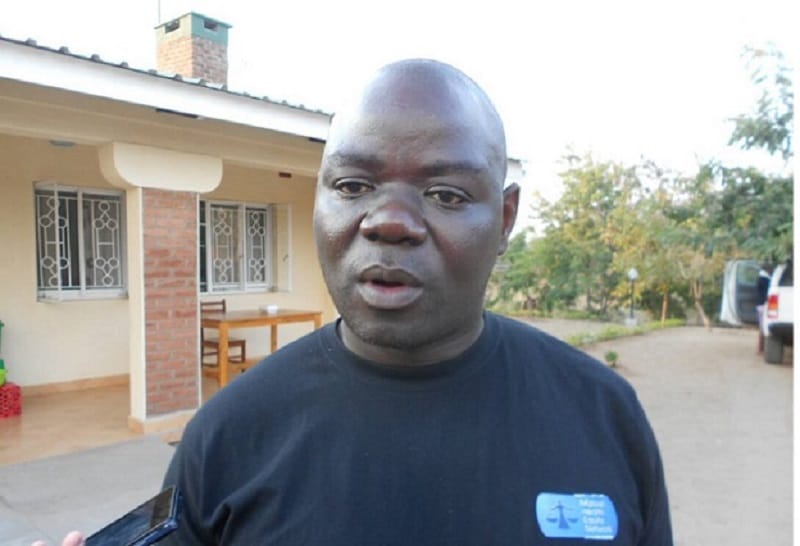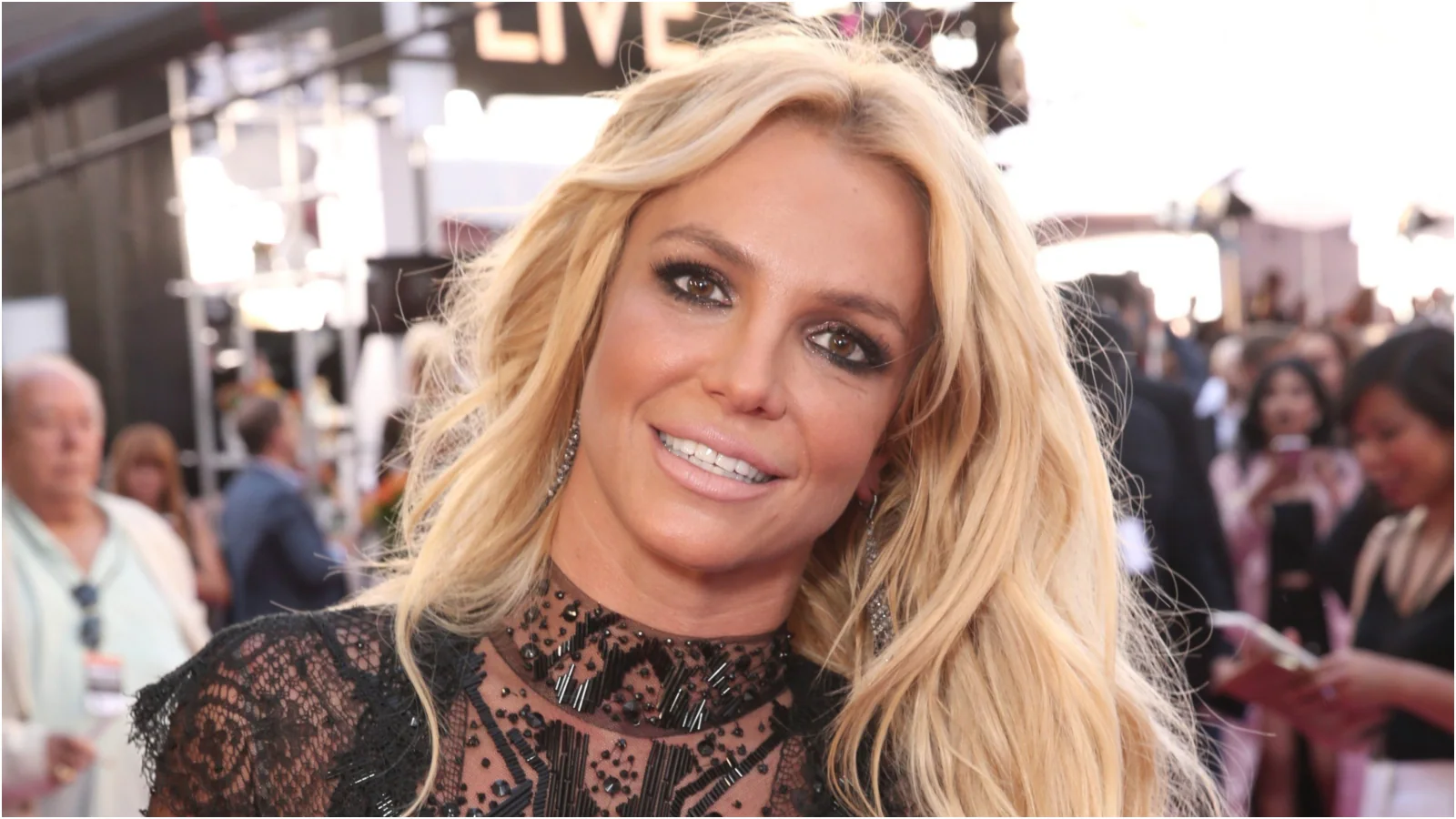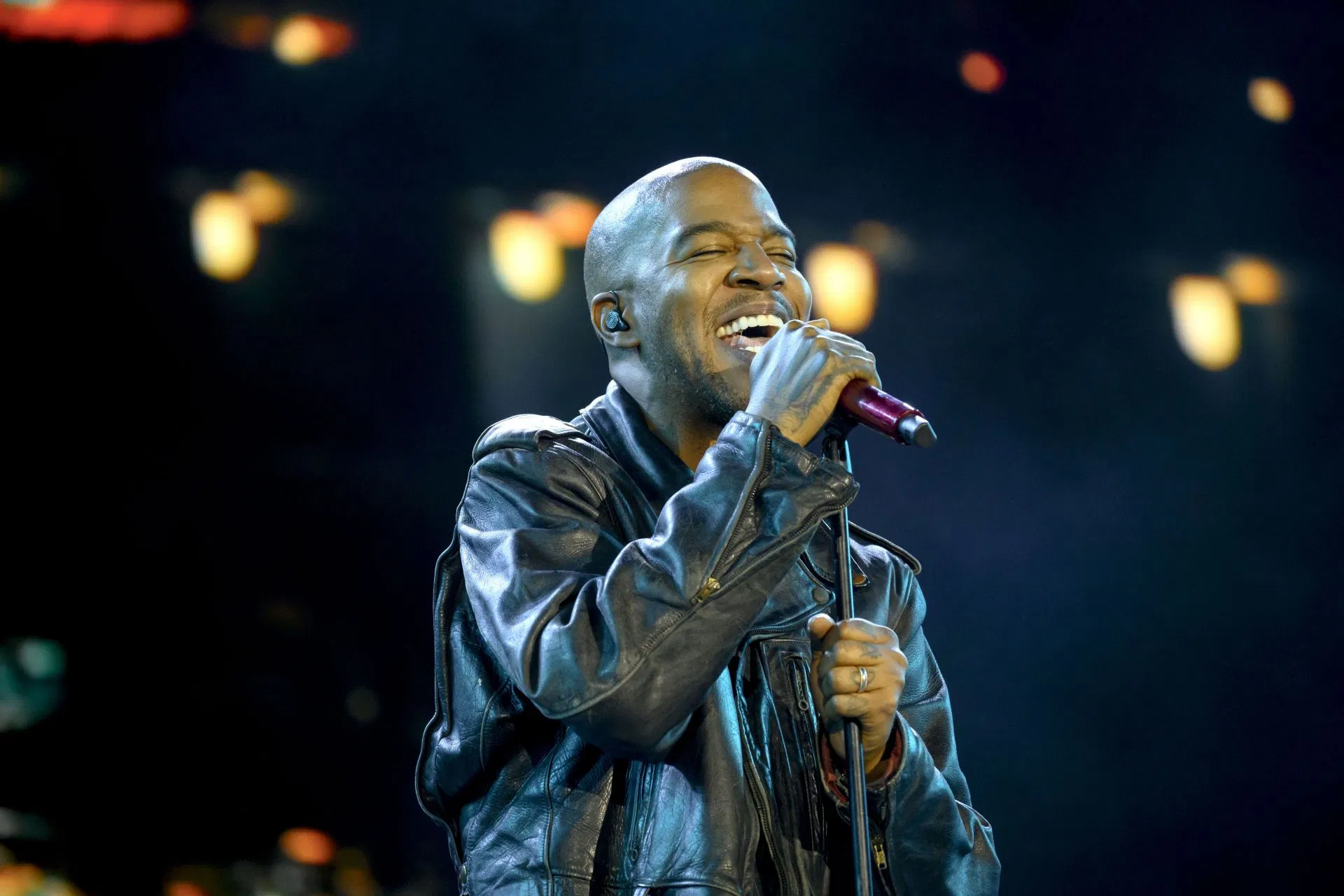
UNITED NATIONS (AP) — Some call it a useless bureaucracy. Others praise it as a key tool of humanitarian aid, peacemaking and global diplomacy.
Whatever their core beliefs, nearly every national leader agrees the United Nations is a valuable stage to make their case before the world. And it’s a stage no one enters in anything but their finest clothes, a fact on vivid display at the U.N. General Assembly in New York this week.
For many diplomats and national officials, the General Assembly to provided an opportunity to show off clothing with not just elegant cuts and fabrics, but a symbolic message.
Sofonea Shale, the chief of staff for Sam Matekane, prime minister of the Kingdom of Lesotho — a mountainous kingdom locked inside South Africa — wore a mokorotlo, a colorful, intricate straw hat representing Mount Qiloane, a peak where the kingdom’s founder sought refuge during a foundational battle in the 19th century.
Dr. Carol Labor, a public health expert from Sierra Leone, wore a bright-pink traditional Mandingo gown hand-made in Gambia “especially for this occasion.”
Bolivian Foreign Secretary Celinda Sosa Luna wore a bowler-style hat, silken scarf and pleated skirt typical of Tarija, her southern home province. The skirts known as polleras are assertions of pride in the Indigenous heritage of Bolivia, which was colonized by Spain in the 16th century.
“My clothes,” she said, “are my country’s identity.”



